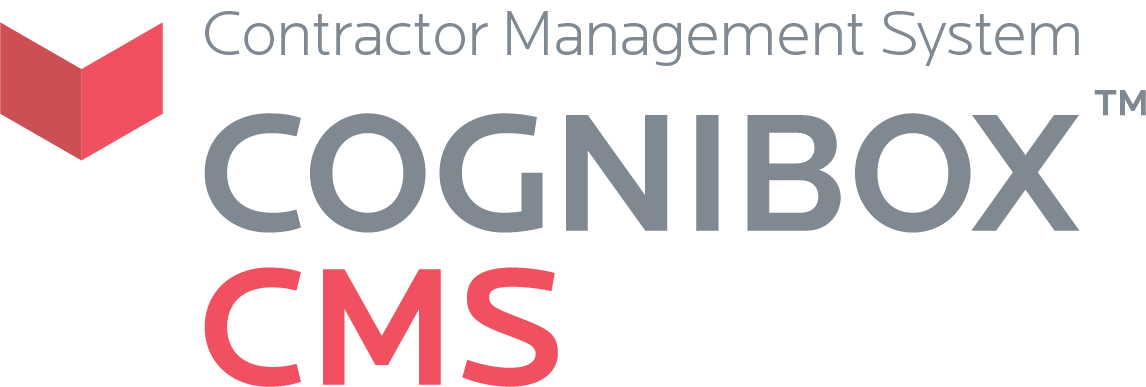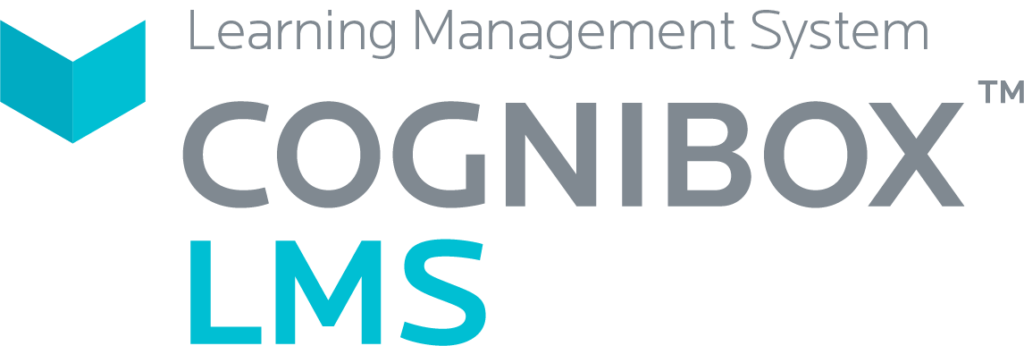At Cognibox, we want to do everything we can to help in fighting the COVID-19 pandemic, while helping businesses adapt to the new reality of these trying times. We have pledged to make our resources accessible to all in order for their impact to be as great as possible.
As North America braces for the peak of the COVID-19 pandemic curve, the exit of this worldwide health catastrophe seems so far away. And even though the worst of it is yet to come, the day will come where so-called “non-essential” businesses and factories will have to resume operations for their survival and their country’s economical sustainability.
Governments are making it clear that the exit from confinement will not be like switching from OFF to ON; it will be done in a progressive, phased manner. As the Public Health Authority Director* of a Canadian province explained on 2020-03-29, the current stay-at-home period is no time to rest; it is a time to rethink how each of our businesses will operate in a way that maximises the protection of all people involved in their activities.
Indeed, we are some time away before global immunity is feasible, let alone achieved, and all businesses cannot be shut down until a vaccine is available for all. Accordingly, business processes have to find ways to operate safely and in line with health authorities efforts worldwide; they will need to reinvent their operational and business models.
We have already experienced how work and other activities in our personal lives have changed over the past month. The next step is at the organisational-level, where an extensive assessment of potential risks of propagating the virus has to be done, with controls to minimise high propagation risks.
In this webinar, we will present:
- The types of controls businesses should put in place to reduce the risk of spreading COVID-19 associated to their activities, applying the hierarchy of controls in-depth rethinking of work organisation, work methods, infrastructures, as well as business processes
- The tools available to effectively implement these controls, whether they apply to businesses’ own employees or to their supply chains
- The documentation that a company can and should put together now in order to be ready when the time comes to demonstrate to public authorities that it is prepared and able to operate in a way that minimises risks of contamination of all of its stakeholders.
Watch recorded webinar:
About Cognibox
Cognibox develops end-to-end solutions for training, contractor management, and employee compliance. Our products and services connect businesses by facilitating the relationship between contractors and client corporations. We help organizations worldwide—like Finkl Steel, Rio Tinto, and Alcoa—focus on their core business by providing greater control over their daily operations.
Cognibox CMS is a flexible cloud-based contractor Compliance Management System. This modular solution allows for the efficiently and cost-effectively management of contractor compliance from pre-selection all the way to performance evaluation
Cognibox LMS is a web-based, integrated Learning Management System that centrally manages the training, skills, work procedures, and professional requirements for all employees
Cognibox OTP is an Online Training Platform that offers everything required, including an extensive course catalogue, to create and deliver effective training
About the speaker

Anne-Sophie Tétreault, Eng., Lean Master
Senior Expert, HSSEQ Compliance & Risk Management Processes
Anne-Sophie Tétreault joined Cognibox in 2016, and brings 30 years’ expertise to help clients integrate health & safety, security, environment, and quality in company strategies. This helps achieve business goals, regulatory compliance, and customer satisfaction. Mrs. Tétreault’s career began as a project engineer for Molson-Coors. She joined QMI as a Lead Auditor for the ISO 14001 standard rollout in Canada, auditing integrated HSEQ management systems in many sectors from forestry to aerospace. Mrs. Tétreault developed an integrated and digitized Health, Safety, Security, Environment, and Quality (HSSEQ) management system for VIA Rail and transformed HSSEQ systems at Bombardier Transportation and Air Liquide, and joined Cognibox from Voith Hydro.
.png)

